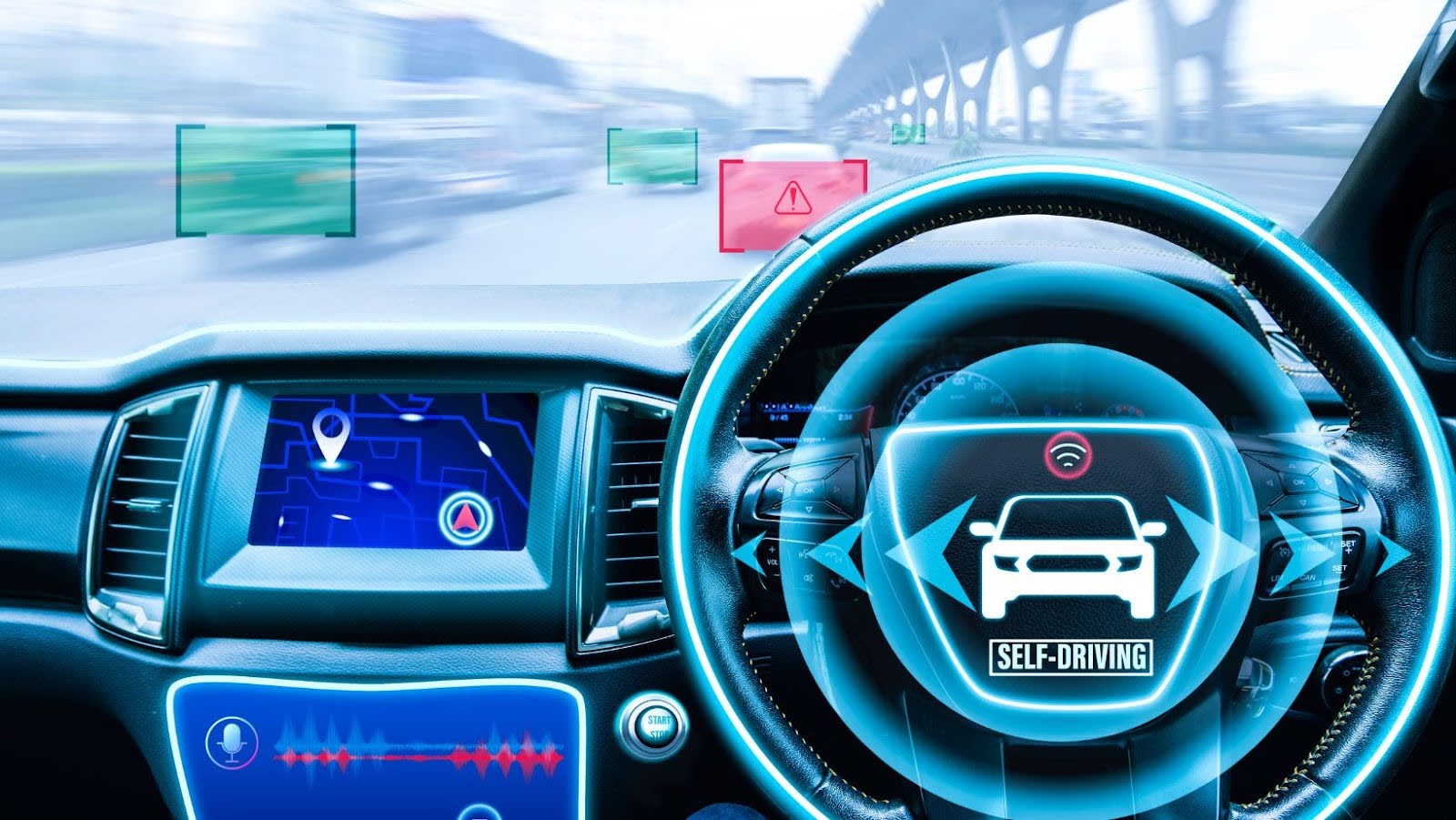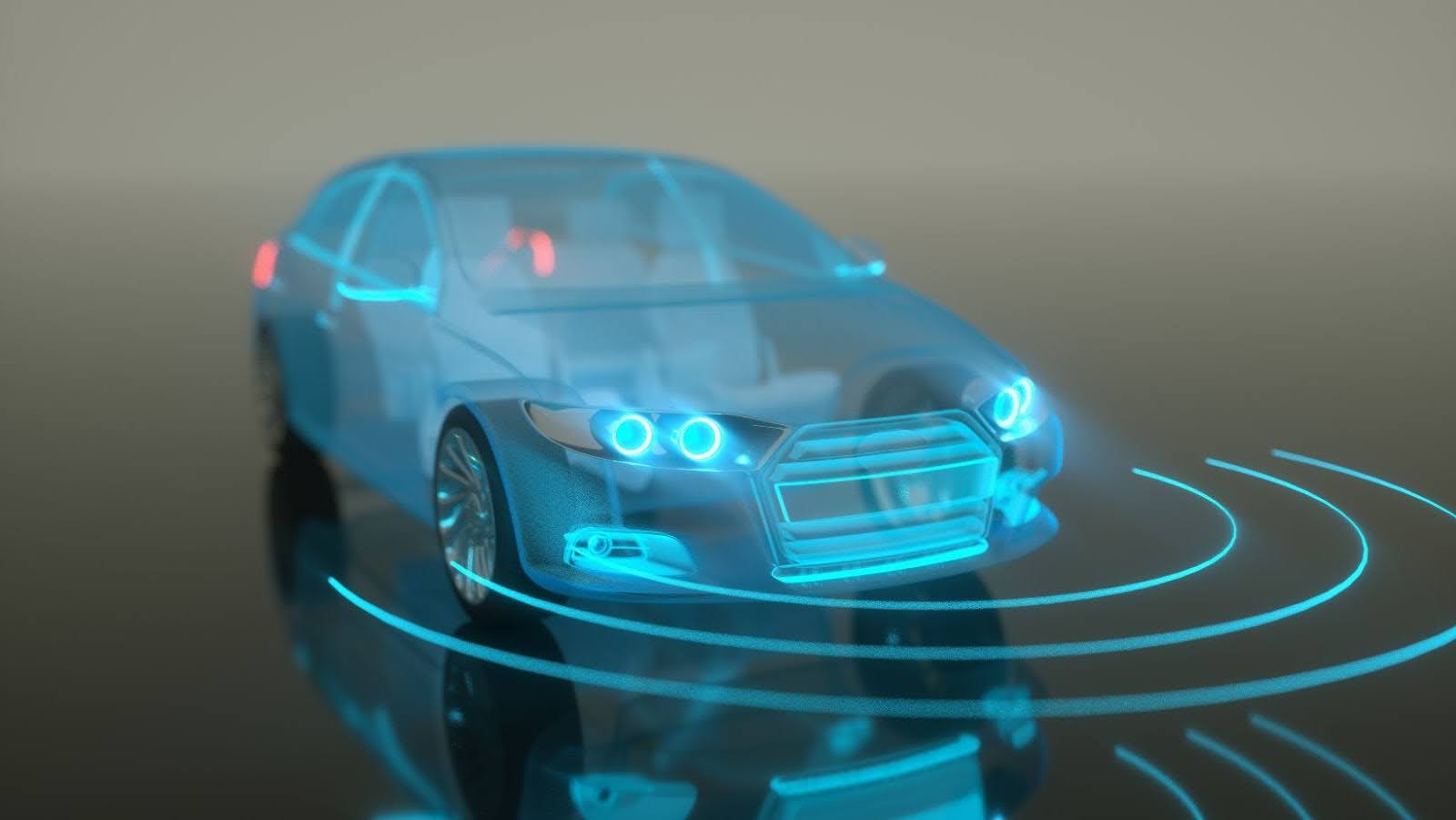With modern technologies and their application in new vehicles, safety has improved considerably. Moreover, a reduction in fatalities and injuries has been observed over several years. These safety measures could be either active or passive.
Both active and passive safety features work together to achieve the same goal of keeping passengers safe. When deciding to purchase a vehicle, gathering information about these safety measures is essential. Consulting experts like Ostroff Godshall Injury and Accident Lawyers can also provide insights into how these technologies impact liability in the event of an accident.
Now, let’s discuss modern safety technologies in today’s vehicles in detail.
Active Safety Features
Active safety features, such as radar, mirrors, and cameras, are considered a primary safety measure. They help drivers maintain good control of the vehicle in dangerous situations and avoid accidents.
Automatic Braking
Automatic Braking alerts the driver to slow down or stop the car. If you see a pedestrian or are about to hit something, the system will alert you. If you fail to stop the car, the safety system will slow down the vehicle. Automatic braking will reduce the intensity of collisions.
Advanced Backup Cameras
All new passenger vehicles are required to be equipped with backup cameras. They provide a 360-degree panoramic view, which helps drivers park safely. These systems can alert drivers before a collision happens.
Blind-Spot Assist System
A blind-spot assist system alerts the driver when it senses a vehicle or any other object in its blind spot. It works similarly to the rearview monitoring technology, which uses sensors and monitors installed on the vehicle’s side mirrors or rear side. When they detect some object, the system may warn the driver by a visual or audible alert.
Lane Departure Warning
A lane departure warning system warns a driver with a chime, blink, or vibrations if they move out of the lane by detecting the markers on the road. This system alerts when turn signals are inactive. It can also help drivers to avoid drains and gutters.
Passive Safety Features
While active safety features aim to avoid accidents from happening at all, passive safety features enlist the provision built into the vehicle that comes into action when an accident occurs.

These systems are now available in most new vehicles, from affordable to the priceiest luxury cars.
Airbags
An airbag is a cushioning bag that inflates upon impact with the human body. Upon interception, the airbag compresses to absorb most of the impact. Mostly, vehicles are equipped with frontal airbags that protect the head. High-end cars have multiple airbags to reduce severe injuries during accidents.
Crumple Zone
Crumple zone refers to the part of a vehicle designed to destroy or deform to absorb the maximum impact of a collision, reducing the impact transferred to the human occupant.
Laminated and Tempered Glass
The windshields are made up of laminated glass that retains its shape upon impact and doesn’t shatter like ordinary glass.
Seat Belts
The seat belt is most effective in saving passengers from fatalities and injuries from accidents. Every passenger, including infants and young children, should be appropriately restrained using seat belts.

“While all these safety measures and technology accidents are still on the rise, no amount of safety measures can prevent all accidents from occurring due to increased negligence of drivers. In case of an accident caused by another driver’s negligence, it is important to contact a competent and aggressive lawyer,” suggests managing partner Rich Godshall from Ostroff Godshall Injury and Accident Lawyers.
End Note
The integration of modern safety technologies in vehicles plays a vital role in enhancing driver and passenger protection. Understanding both active and passive safety features is essential when purchasing a new vehicle, as these technologies significantly reduce the risk of accidents and injuries. By staying informed and seeking expert legal guidance, you can make well-informed decisions that prioritize safety on the road.
